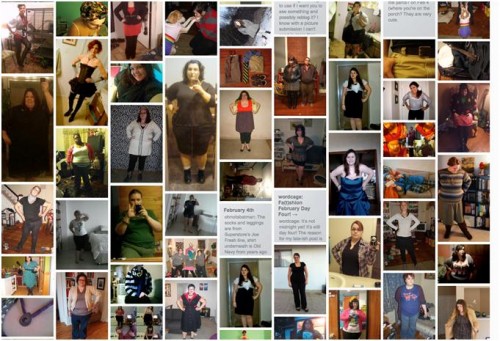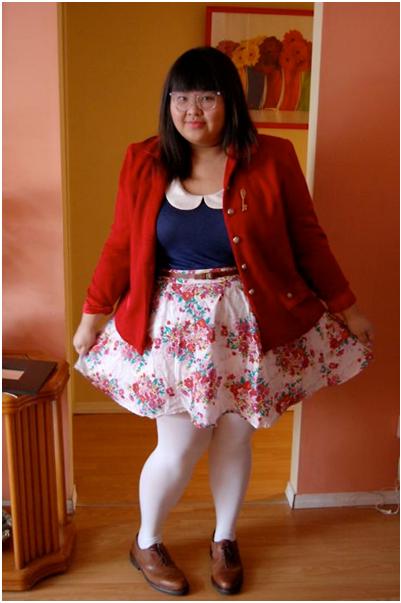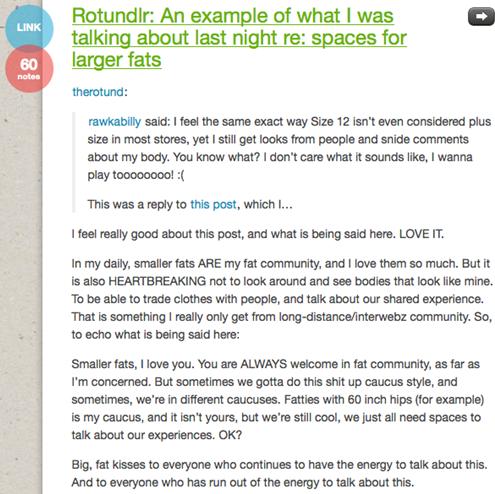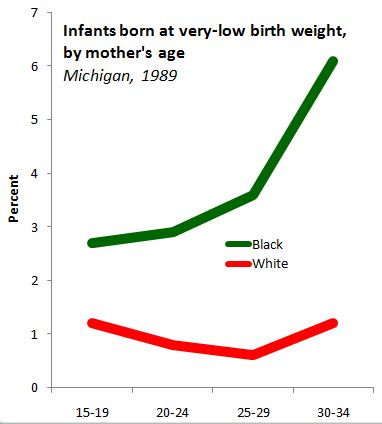Course Guide for
SOCIOLOGY OF WORK
(last updated 9/2014)
Developed by Lisa Wade
Occidental College
Disclaimer: I am not a sociologist of work. If you are, I would love to see someone take a more expert crack at this. Please feel free to volunteer!
The Social Construction of Work
- Luxury and the consumption of labor
- Why do firefighters take such risky jobs?
- McDonald’s delusional blame-the-victim budget
- Devaluing hospitality workers
- Child labor and the social construction of childhood
- Child labor, 1908-1912
- Women are 49% of the workforce, but we still think work is for men
Work in Popular Culture
- Children’s books and segregation in the workplace
- Alienation and orange juice: The invisibility of labor
- Hurricane Sandy and high fashion: Portraying a class hierarchy
- Whimsical branding obscures Apple’s troubled supply chain
- The “working family” discourse and the invisibility of individuals
- The DJ in American culture: Resonant but misunderstood
- Whiteness and tokenism on the runway
- The solution to patriarchy? Pantene says shine!
- Forbes’ photostock faux paus (what do women workers look like?)
Unemployment, Underemployment, and the “Class War”
- The “Precariat”: The new working class
- When classes collide: Workers and guests at high end hotels
- Who benefits from government programs?
- $22.62/hr: The minimum wage if it had risen like the incomes of the 1%
- Why can’t conservatives see the benefits of affordable child care?
- Food stamps, public policy, and the working poor
- The striking rise in “missing workers”
- Can the minimum wage cover average housing costs?
- Discrimination against the long-term unemployed
- Jon Stewart on class warfare
- Mike Rowe defends blue-collar manual labor
Unions and Unionization
- What have unions ever done for us?
- Footage of strikes and protests
- “Is your washroom breeding Bolsheviks?”
- A way for feminism to overcome its “class problem”
- Target’s anti-union video for new employees
- Unemployment and support for unions
- César Chávez and the fight for farmworkers’ rights
- Hiring non-union workers to staff picket lines
- “A woman’s place is in her union!”
Economic Change, Globalization, and the Great Recession
- U.S jobs are back, but they’re no match for population growth
- The U.S. is replacing good jobs with bad ones
- Whose economic recovery is it?
- Prison labor and taxpayer dollars
- The austerity agenda and public employment
- Comparing black and white job loss in the recession
- The exploitation of worker productivity
- What kinds of jobs are we gaining in the slow recovery?
- Historical look at changes in types of work
- Two American families trapped in a changing economy
- Race and the economic downturn
Gender and Work
- Majority of “stay-at-home dads” aren’t there to care for family
- Most women would rather divorce than be a housewife
- Before the stewardess, the “steward”: When flight attendants were men
- Star Trek is scaring the ladies: Why women don’t major in computer science
- What do little girls really learn from “Career Barbies”?
- “Dude, you need to get into nursing”: How organizations recruit men into nursing
- Stay-at-home mothers on the rise among low-income families
- Gender at The New York Times
- Mother, sex object, worker: The transformation of the female flight attendant
- Female movie stars peak at 34, but men see success till the end (pictured)
- What kind of work does Women’s History month value?
- Men’s and women’s work: It’s the 1950s at Brinks Home Security
- Women’s refusal to be deferent and the words that describe them
- Why “breadwinner moms” don’t portend a coming matriarchy
- Single mother, meet jobless man
- Gender, work, and family time
- First-time mothers and access to paid work leave
- The role of employer selection in gendered job segregation
Work and Racial, Ethnic, and National Identity
- Luxury and the consumption of labor
- Children’s books and segregation in the workplace
- Whiteness and tokenism on the runway
- Whimsical branding obscures Apple’s troubled supply chain
- When classes collide: Workers and guests at high end hotels
- The surprisingly racist reason we don’t tip flight attendants
- Questioning the benefits of “rescue” from prostitution
- Porn producers with a heart of gold?
- Distrust for Black entrepreneurs
- Race in the NFL draft
- Are Mexicans the most successful immigrant group?
- Race, criminal background, and employment
- The curious evolution of the sign spinnner
- Linguistic occupational segregation
- Anti-Muslim bias on the French job market
- Race/ethnicity and the pay gap
- Race, ethnicity, and McDonald’s marketing strategy
The U.S. in International Perspective
- The U.S. is las in paid vacation and holidays
- International comparison of workplace leave policies
- Vacation in international perspective
Specific Occupations
Flight Attendants
- The surprisingly racist reason we don’t tip flight attendants
- The unsung heroes of the crash landing in San Francisco
- Before the stewardess, the “steward”: When flight attendants were men
- Surprise! Your flight attendants are all strangers
- International politics and the first African American flight attendants
- Are flights full? Airline advertising vs. real life
- Domestic behavior as both gendered and raced: Who does what for airlines?
- Mother, sex object, worker: The transformation of the female flight attendant
- Hanging onto the stewardess at Delta Airlines
- Fly the unfriendly skies: Sexism and homophobia among pilots
- Sexism in aviation: Then and now
Sex Workers
- Female sex tourists in the Caribbean
- Humanizing sex workers
- Sex work in Las Vegas
- Phone sex: Real and imaginary
- What does the sex industry look like?
- “Work,” “sex work,” and everything in between
- Halloween hall of shame: Fat lap dancer costume
- Development initiatives and the invisibility of power
- Opposing the criminalization of prostitution
- The virgin/whore binary in World War II propoganda
- Personifying danger: Women as vectors of STIs
Academia
- What do professors do all day?
- Gender and the dual career academic couple
- How many PhDs are professors?
- Professors join the “precariat”
- How professors spend their time
- Precious academic moments
Just for Fun








